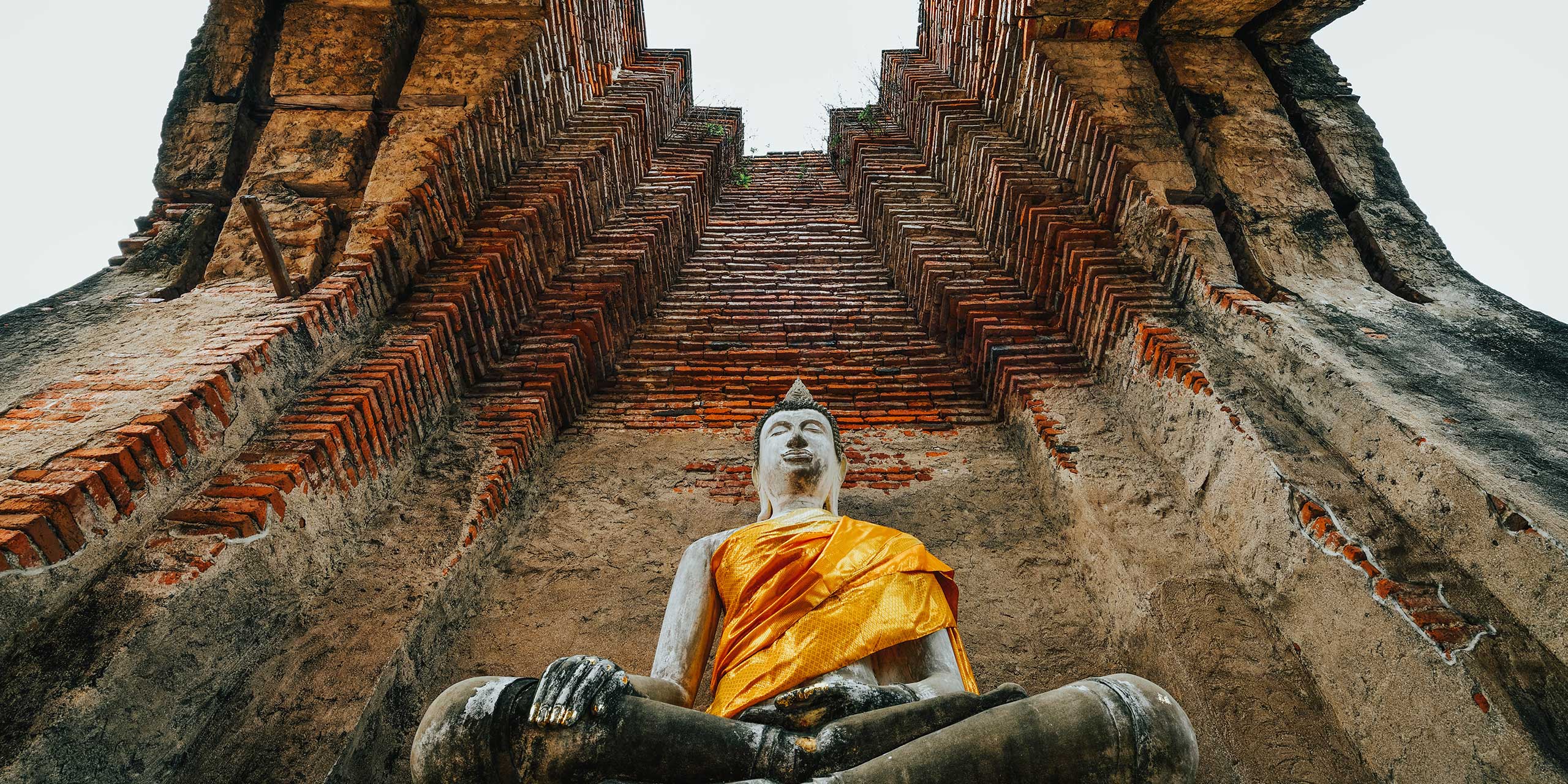
Asia has incredible relics everywhere from the plains of northern India where the Mughals built dream-like forts and palaces to the jungles of Java and Vietnam where the Sailendra and Cham monarchs made their presence felt. Undimmed by the passing of centuries, these buildings and structures are a portal into the past and relate the stories of the empires that constructed them.
Kingdoms within the Kingdom
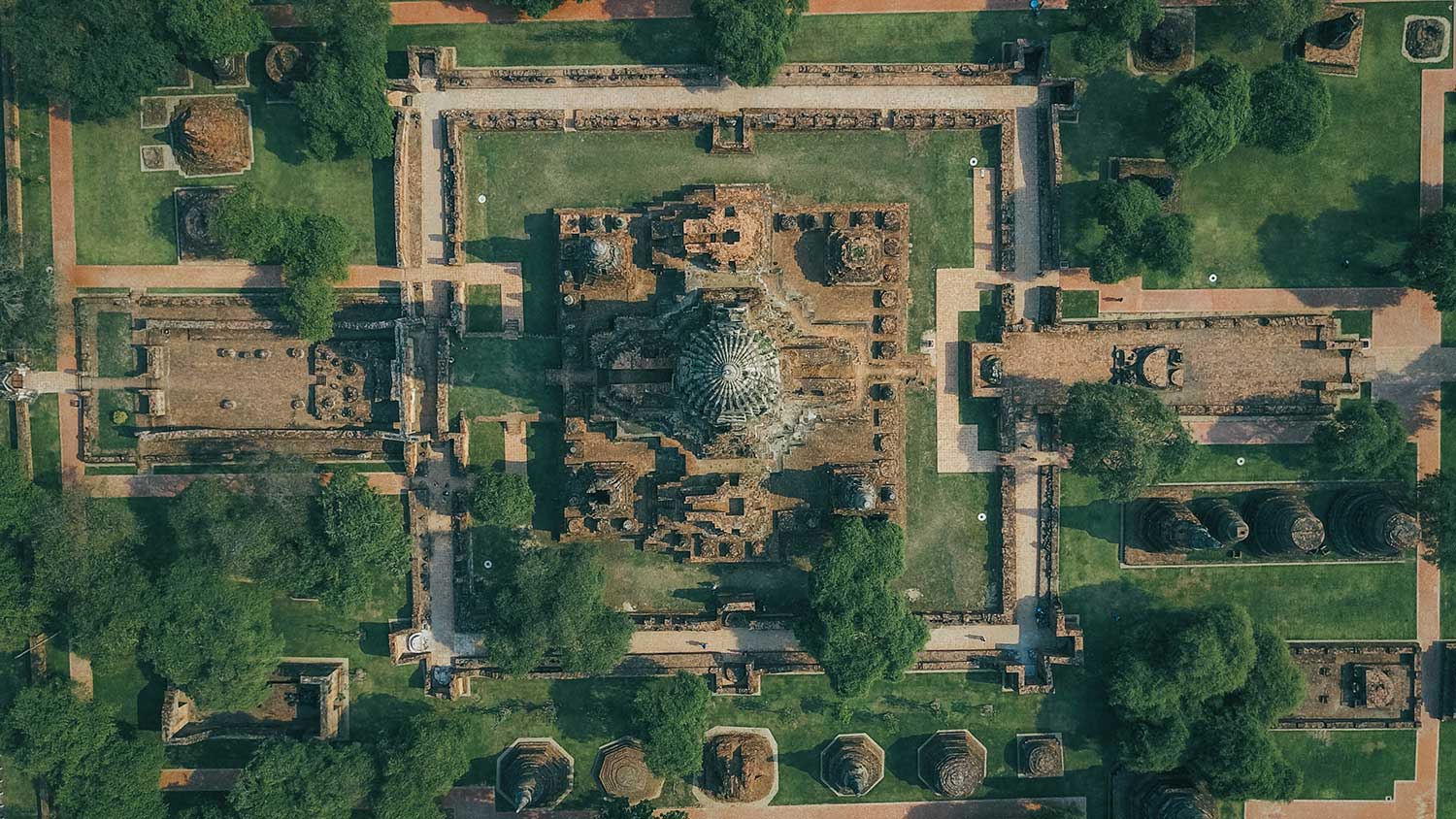
Although it is Thailand’s second city, Chiang Mai couldn’t be further removed from Bangkok. Nestled in the foothills of northern Thailand, the city is replete with hundreds of sacred temples, many of which date back to its days as the capital of the ancient Kingdom of Lanna. Further south, Central Thailand is the country’s cultural heartland. Fed by the Chao Phraya River, the fertile plain north of Bangkok births much of the nation’s rice crop while towns such as Ayutthaya and Sukhothai were formerly capitals of once-mighty Thai kingdoms. Steeped in colorful history, the majestic relics at both towns reward exploration by bike and by foot.
Khmer classics
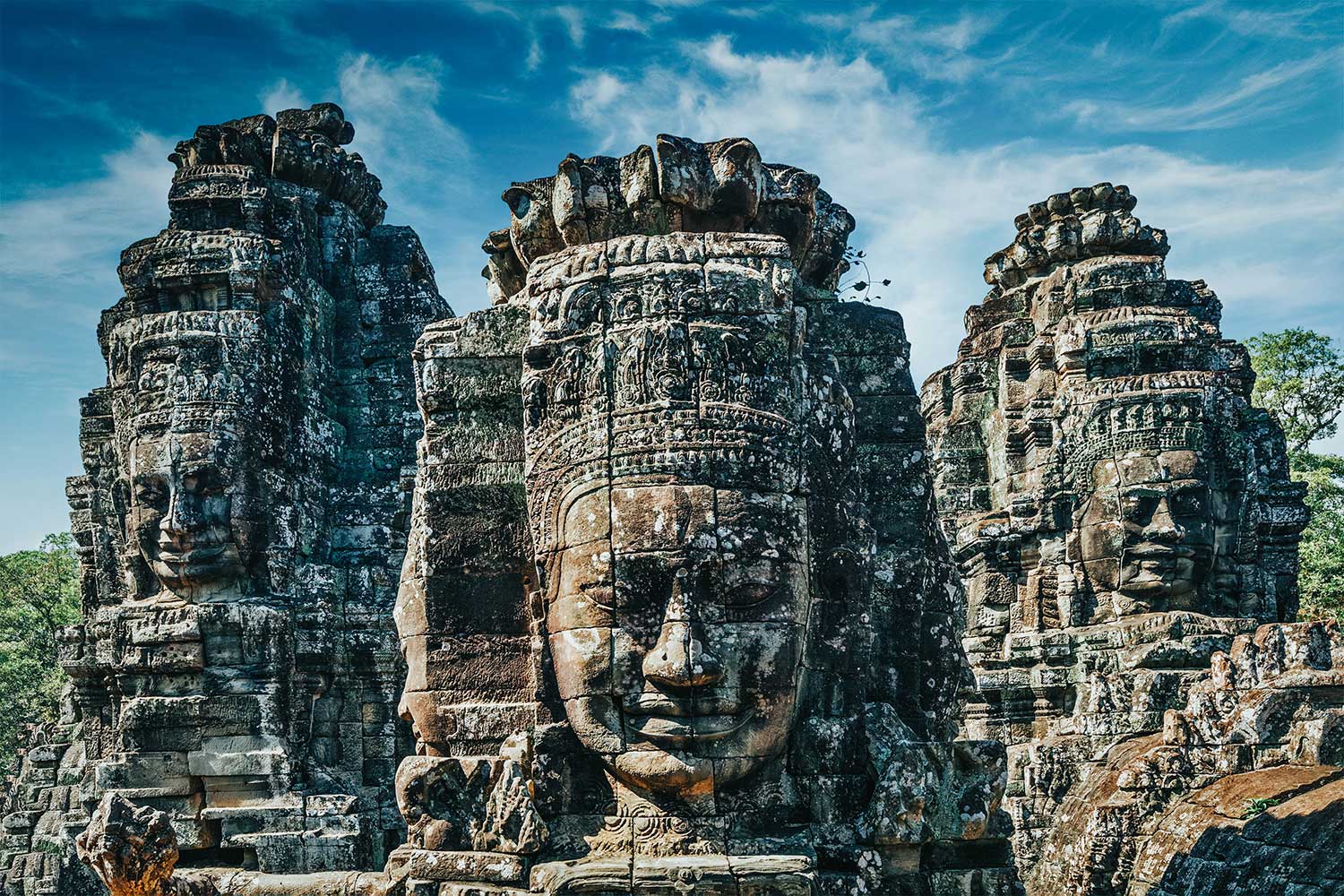
Angkor Archaeological Park—the remnants of the capital of the once-mighty Khmer Empire that held sway over much of Southeast Asia—represents a glorious pinnacle of religious architecture. Start the day by discovering the wonders of Angkor Thom, the last capital of the Khmer Empire. Sights such as the Elephant Terrace and the beguiling Bayon are tribute to the amazing ambition of the Khmer kings. Nearby, thick jungle roots grow over the crumbling ruins of Ta Phrom, making it one of the most evocative and memorable of Angkor’s temples. The crowning centrepiece of the complex, however, is Angkor Wat, the biggest religious temple in the world and a building considered as the masterpiece of Khmer architecture. Vestiges of the Khmer Empire can also be glimpsed elsewhere in Cambodia at Banteay Srei and in Thailand at sites like Phanom Rung in Issan.
Cham charms
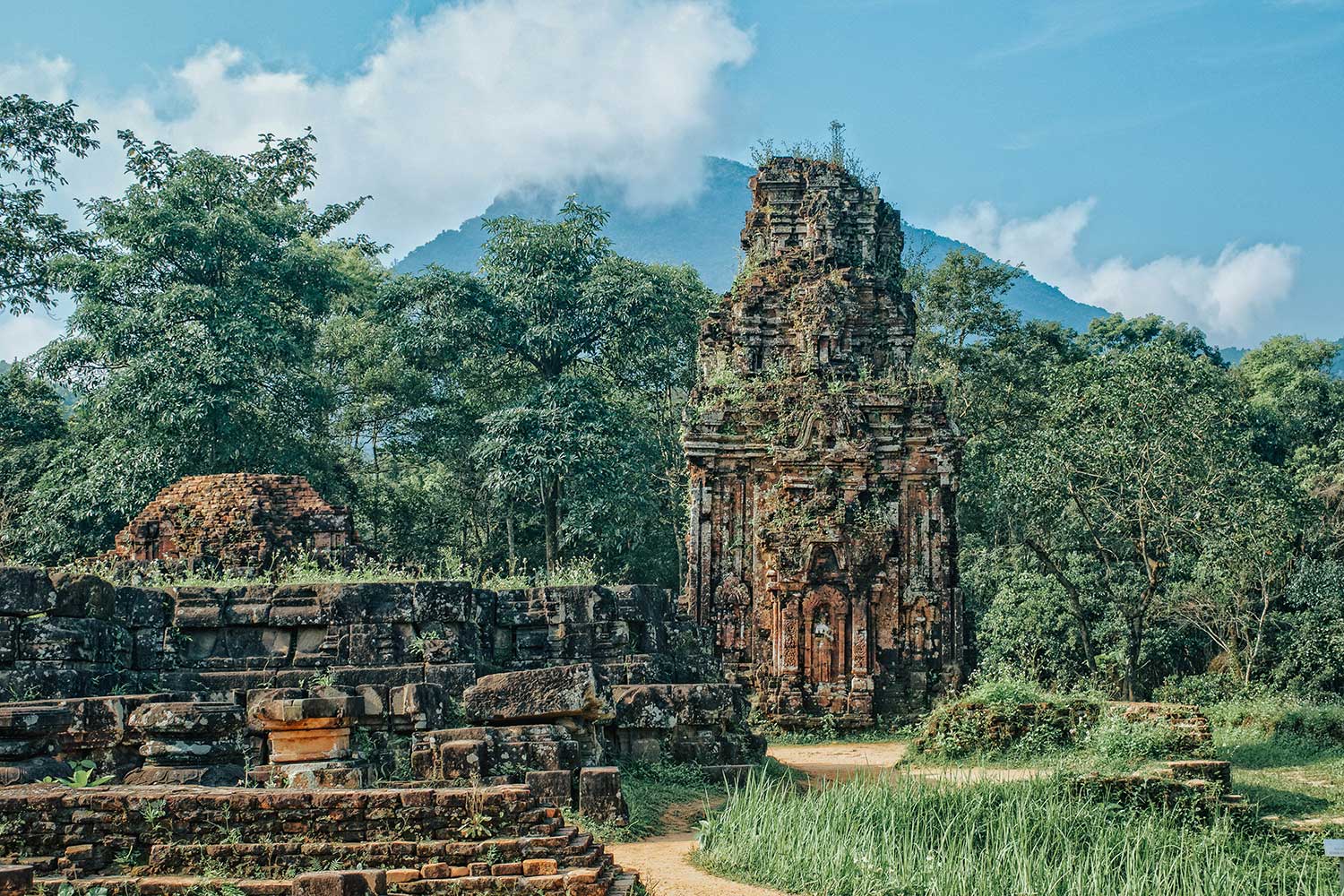
Few places in Vietnam hold quite as much historic allure as Hoi An. The ancient port was at one time the trading hub of the Champa Kingdom that ruled over Central Vietnam. And its former importance can be witnessed in its colourful array of merchant houses, temples, and markets. These days it is the country’s premier tourist town with a selection of restaurants, bars, and shopping (especially tailoring) options to rival those in the big cities of Hanoi and Ho Chi Minh City. With religious ruins, peaceful beaches and bucolic countryside in the near vicinity, the countryside surrounding Hoi An is equally intriguing. At My Son, spectacular ruins mark the capital and religious center of the former Champa Kingdom. Only about 20 structures survive, but the enchanting setting in a lush jungle valley is enthralling.
Marvels from the Mughals
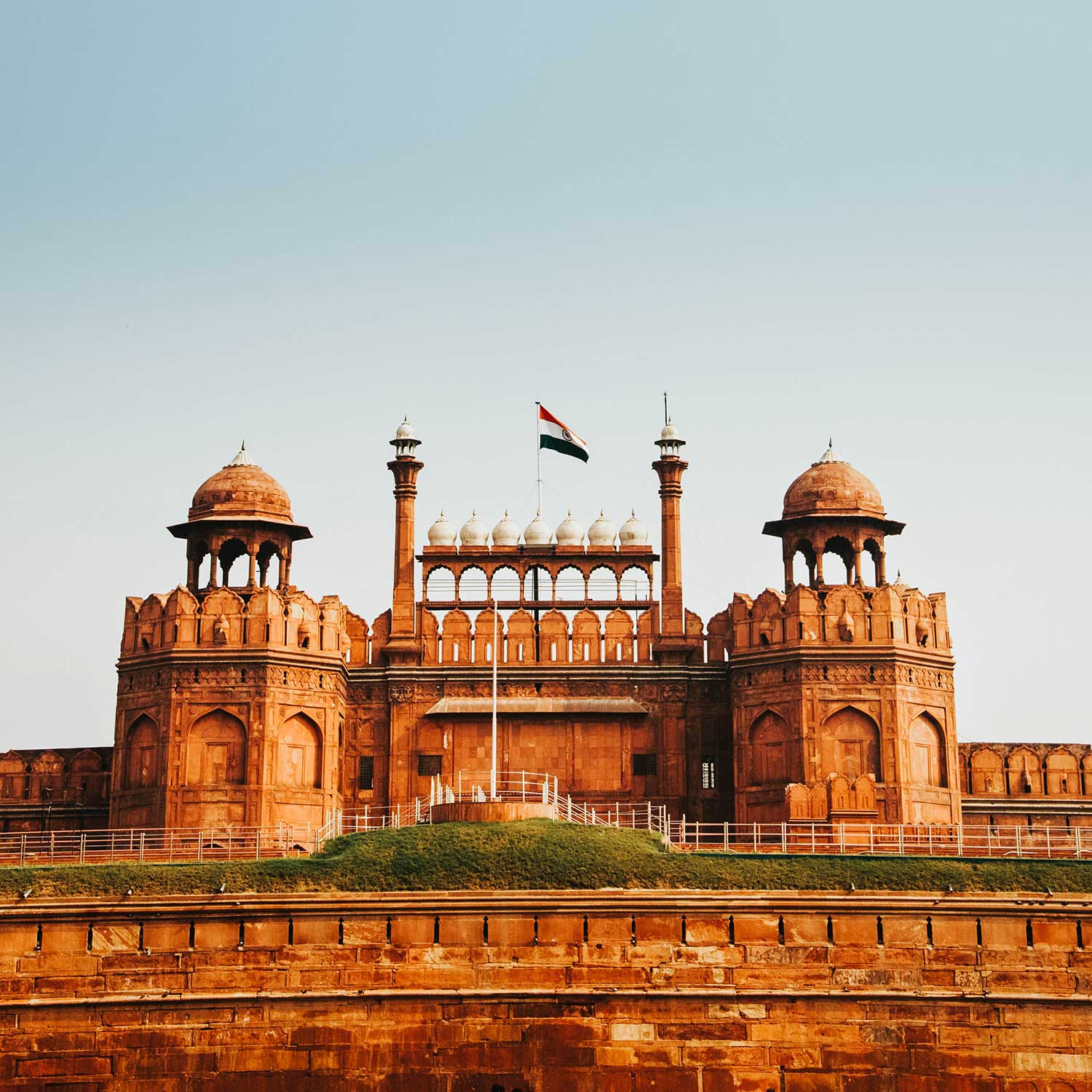
From the ultimate romantic statement that is the Taj Mahal to the Red Fort in New Delhi, Northern India is a treasure trove of Mughal architecture. The Mughal Emperors who ruled over the area from the 16th Century to the late 17th Century were renowned aesthetes. And the unique Indo-Islamic architectural style that flourished under their watch has bequeathed some of India’s most breath-taking structures. Founded by Emperor Shah Jahan and surrounded by a magnificent 18m-high wall, the Red Fort is the standout among the Mughal sites in New Delhi. But Shah Jahan’s legacy is best represented by the Taj, the legendary white-marble mausoleum built by Jahan in memory of his third wife Mumtaz Mahal.
Stupa powers in Java
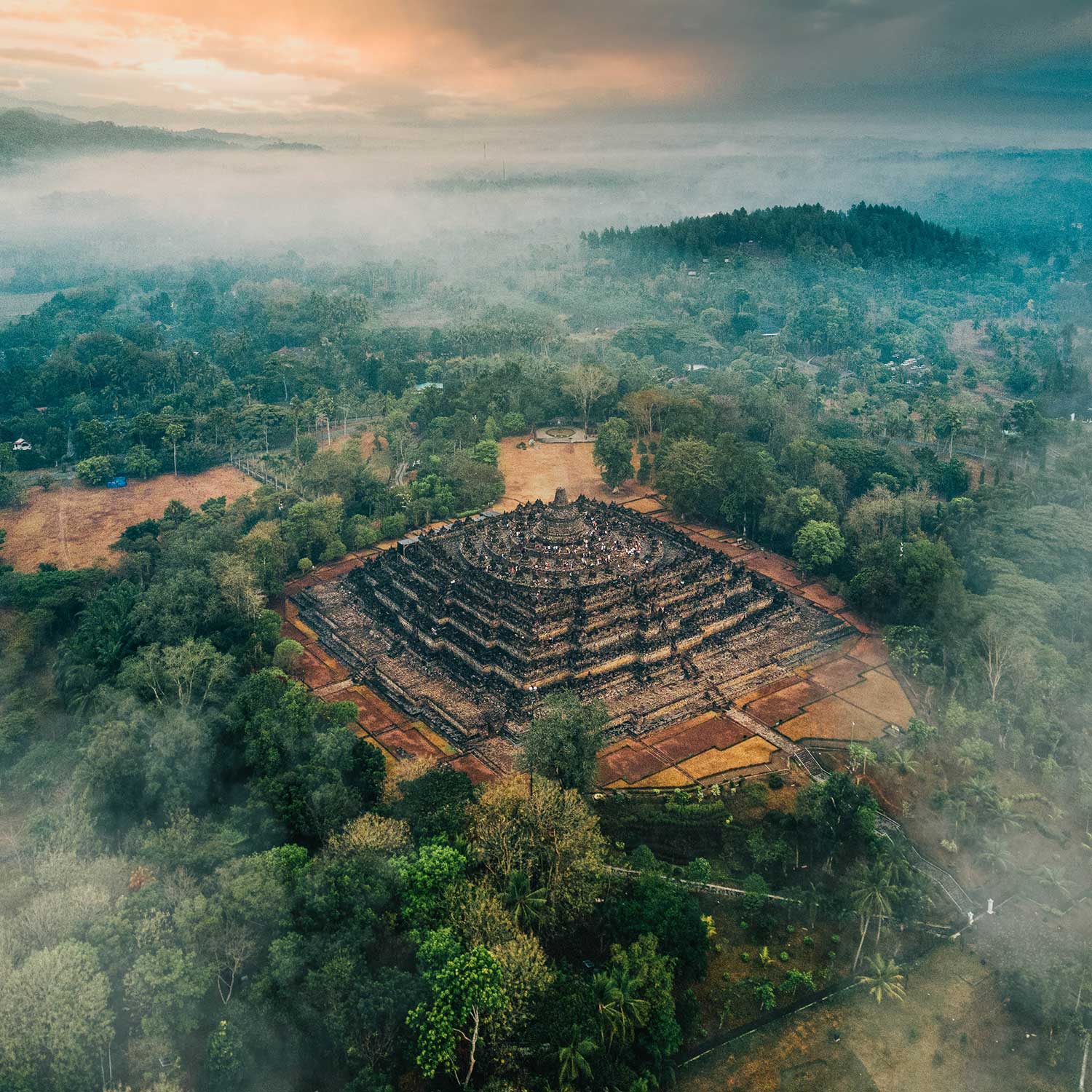
The Sailendra dynasty, which flourished in Java, attained a high level of artistic expression in the many temples built under its rule. During the reign of one of its kings, the famous stupa of Borobudur was built. In his book ‘The Road Less Travelled’ author Bill Bryson remarked that Borobudur was the bold traveller’s equivalent to Angkor Wat. Carved from 55,000 square meters of lava-rock and decorated with 2,672 bas reliefs and 504 Buddha statues, the spectacular relic is a true wonder of Indonesia. Even more remarkably, it was undiscovered until the late 19th century when archaeologists stumbled across it while charting the Javanese jungle. At that stage, it was hidden under a thick layer of volcanic ash. Miss the crowds and take an early morning tour of Borobudur when the sun is rising, and the flocks of tourists have yet to arrive.
